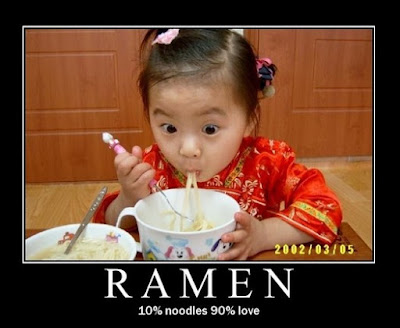Geoffry O’Brien in his Criterion Film Essay notes:
In an era of Japanese filmmaking marked by such masterpieces as Akira Kurosawa’s Throne of Blood and Masaki Kobayashi’s Harakiri, and when even the most routine samurai pictures tended to look very stylish indeed, The Sword of Doom stands out for the rigor and calligraphic pictorialism of its widescreen compositions.The Guardian in 2005 published an obituary in honor of Director Kihachi Okamoto recalling him as “one of the least known of [Japanese] postwar directors in the west” despite being one of the “leading exponents” of the “most celebrated genre [of films] to come out of Japan.” Calling the neglect as “unwarranted”, the obituary highlighted the The Sword of Doom (1966) as one such movie that “gained a following” and “is still highly regarded.”
Incidentally, Wendell Jamieson of The New York Times recently recounted his long time fascination with Japanese movies depicting swordfights. Sword of Doom not only happens to be Jamieson’s favorite but one that his Kendo teacher Noboru Kataoka holds in high regards “as the greatest sword fight film of them all.” Jamieson portrays the action in the movie as follows:
Nakadai’s fluid and catlike movements seem hardly human — his maniacal grin adds another level of malevolence — but are almost balletic in their elegance. He completes his strokes with graceful upward arcs even after they have done their damage.If the beautifully captured art of sword fighting have profoundly captivated many, the Zen-like portrayal of the human condition depicted through the protagonist of the film, Ryunosuke, remains yet another source of fascination. O’Brien, brings to our attention the juxtaposition of opposites in Ryunosuke:
Ryunosuke is at once hero and villain, demon and potential bodhisattva, and Tatsuya Nakadai’s stunning performance incarnates perfectly the paradox at the heart of the character: Does he act or is he acted upon? In what sense does he choose his destiny? He seems at times the spectator of his own destructive course, alternately anguished or blackly amused but essentially powerless to change what happens.Similarly, Bruce Edgar’s take on Sword of Doom encapsulates wonderfully the portrayal of contradictions and Zen-ness in the film:
His Ryunosuke (“a man from hell,” as one character puts it) is one of the screen’s more memorable psychopaths, a passive-aggressive whose bloodlust is portrayed with dead calm, revealed by the tiniest motion of an eye, the trace of a smile, or the tense position of his body as he ponders killing.Tonight, Japan Society concludes its Zen & Its Opposite: Essential (& Turbulent) Japanese Art House film series with the [sold-out] screening of Sword of Doom at 7:30pm. The movie illustrates the Realm of the Asuras or the realm of anger, jealousy, and constant war in the “Six Planes of Existence”- a Buddhist concept commonly referred as “Six Paths” or (Rokudō or Rokudō-rinne) in Japan—within “the realm of Birth and Death” (Samsara).
Directed by Kihachi Okamoto, Sword of Doom is based on the novel Daibosatsu Toge or The Pass of the Great Buddha by Kaizan Nakazato which first appeared as a newspaper serial in 1913. After being published for forty-one volumes spanning three decades, the novel was left incomplete due to author’s death. Okamoto, on the other hand, has had direct experience of war being drafted at the age of 19 as a student at Meiji University. His encounter with war and violence is said to have influenced his film making career deeply. After coming back from the war in 1947, Okamoto joined the Toho studios and worked with several directors until his directorial debut came in 1958 working on melodramas. Later, he specialized in action films and joined Toei to become the “undisputed star of Toei’s ninkyo eiga yakuza films.”
A.T.






